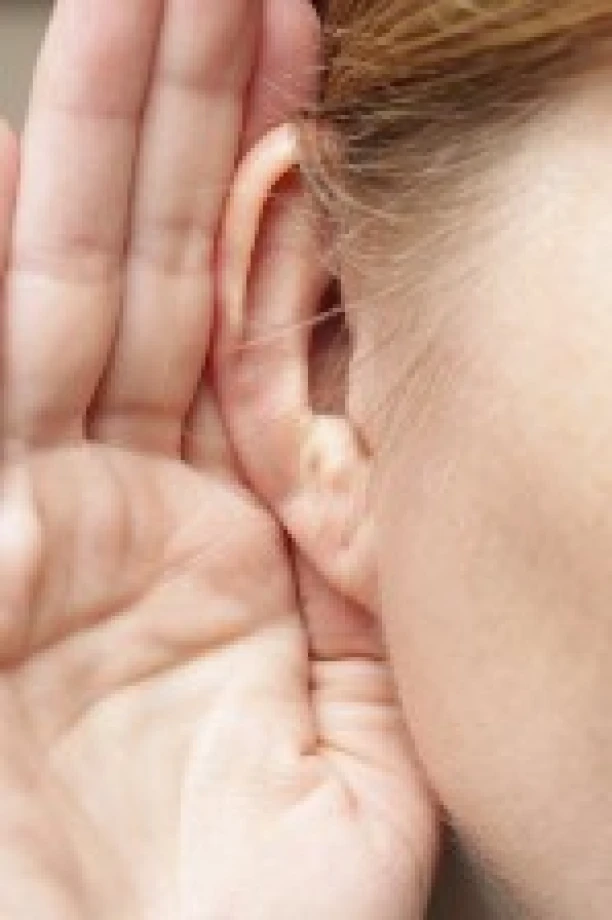Disability Awareness Sunday 2014: Changing Perceptions, Making Changes
The third Sunday in November – which this year falls on Sunday 16 November – is designated as Disability Awareness Sunday. As The Church of Ireland’s Working Group on Disability, we’d like to highlight some useful statistics relating to disability across the island of Ireland. These remind us both of various different types of disability that might be present in congregations and that not all disabilities are immediately obvious.
The Working Group not only aims to make people think beyond disability and towards access for all but also seeks to make people aware of key issues involved in ensuring that churches are as accessible and welcoming as possible both physically and in their culture.
Churches and church–based organisations can do much to meet people’s worshipping, pastoral and social needs on an inclusive basis and indeed over recent years church buildings across the island have undergone various changes for the better, from modifications to make them wheelchair accessible to providing handrails on entrance steps, for example.
Further improvements could include providing disabled parking spaces or installing a loop system where there isn’t one. Churches and halls should also consider if they have effective evacuation plans for people with a disability.
On other fronts, ensuring that large print/braille materials for the sight impaired are available is important and can be further enhanced by incorporating sign translation.
Disability Awareness Sunday is a chance for parishes and select vestries to re–evaluate how they can improve access and to come up with proactive plans to make tangible changes for the better in their own contexts.
It is important to remember that disability affects very many people and should not be thought of as ‘someone else’s concern’. In Northern Ireland in 2011 it was assessed that 40% of households had someone with a long term disability; 5% of the population suffer from some disability and that only 8% of disabilities are visible. The breakdown of the figures revealed that disabilities related to mobility accounted for 11.4%, sight 1.7% and hearing 5.1%.
Jesus said, ‘I have come that they may have life, and have it to the full’ (John 10:10). If we take these words as His followers seriously it is incumbent upon us to be as open and inclusive as possible so that all people, regardless of ability or disability, can access this ‘full life’ that Jesus offers. So, do try to think of Disability Awareness Sunday as an opportunity for your congregation to celebrate the presence and gifts of people with disabilities of whatever kind in your midst and to imagine both new and innovative ministries to engage people with disabilities and also to meet people’s needs practically.
Further useful resources can be found at www.disabilityaction.org (Northern Ireland).
